Consider the mind-bending task that gratings accomplish: they are there, and they are not there. They are characterized by their presence as much as they are by their absence, and both qualities are equally important. Some of them have to support the weight of a person, car or piece of machinery while simultaneously allowing air, water or other things to get through. Many gratings, perhaps even a majority of them, are designed as floor gratings. In every commercial, industrial and consumer context, gratings of varying construction and composition are keeping people from slipping and liquids or debris from collecting. Because gratings find themselves in such a diversity of settings, each one must be designed in a way that is appropriate for its application.
Depending on the grate construction material, manufacturing processes differ from each other. Expanded metal grates begin as metal sheets and are slit and expanded by machinery; as the metal expands, the slits become holes. In other cases, metal sheets are perforated using an industrial hole-punch. The former option can be more popular because almost none of the material is wasted during production. In other cases, metal rods, bars or planks are welded or otherwise connected at angles; this method usually produces the sturdiest grating and is frequently used in settings where load-bearing is an important consideration. Still more techniques are involved when making grates out of non-metal materials.
Adding fiberglass to a resin in the plastic production process increases the strength, durability and heat-resistance of the final plastic product. For this reason, fiberglass reinforcement of plastic gratings that will be subject to frequent wear is almost universal. Similarly, metal gratings that are subject to demanding conditions are often galvanized, which means that they are strengthened through a chemical reaction and heat treatment.
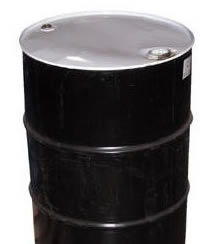 55 Gallon Drums
55 Gallon Drums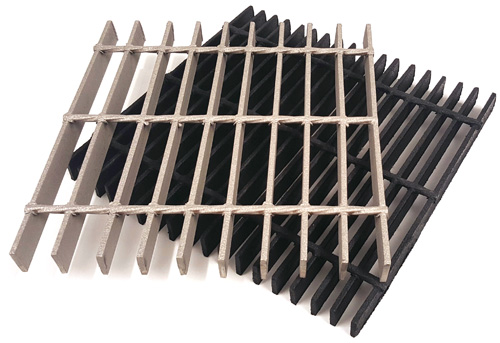 Floor Gratings
Floor Gratings Mezzanines
Mezzanines Modular Buildings
Modular Buildings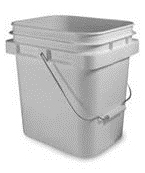 Plastic Containers
Plastic Containers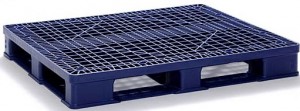 Plastic Pallets
Plastic Pallets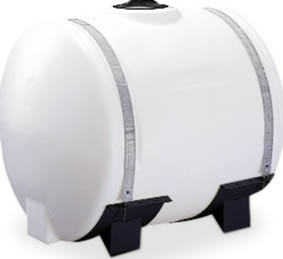 Plastic Tanks
Plastic Tanks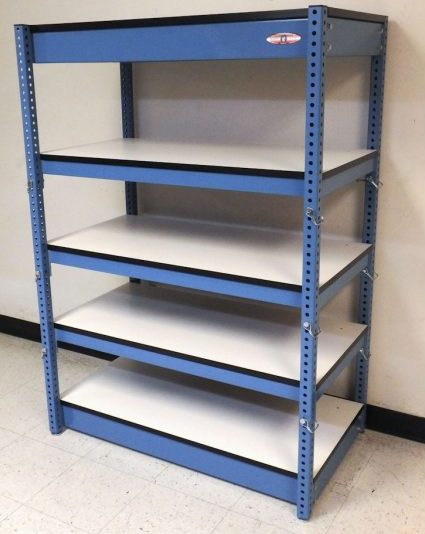 Steel Shelving
Steel Shelving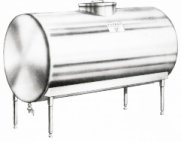 Stainless Steel Tanks
Stainless Steel Tanks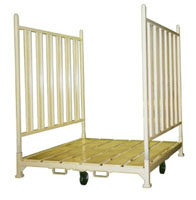 Storage Racks
Storage Racks Work Benches
Work Benches Castings & Forgings
Castings & Forgings Bulk Material Handling
Bulk Material Handling Electrical & Electronic Components
Electrical & Electronic Components Flow Instrumentation
Flow Instrumentation Hardware
Hardware Material Handling Equipment
Material Handling Equipment Metal Cutting Services
Metal Cutting Services Metal Forming Services
Metal Forming Services Metal Suppliers
Metal Suppliers Motion Control Products
Motion Control Products Plant & Facility Equipment
Plant & Facility Equipment Plant & Facility Supplies
Plant & Facility Supplies Plastic Molding Processes
Plastic Molding Processes Pumps & Valves
Pumps & Valves Recycling Equipment
Recycling Equipment Rubber Products & Services
Rubber Products & Services